The sequencer is an incredibly powerful tool that completely changes the way you work with electronic instruments.
Sequencers make it possible to automatically play repeating patterns in whatever way you want, without actually having to play the keyboard.
Using a pattern programmed by a sequencer to trigger notes takes away the stress of knowing how to play a keyboard in time.
But it’s not just about getting a robot to play notes for you, sequencing also lets artists trigger multiple instruments at once and focus on crafting sounds without touching a keyboard.
There’s so many sequencers on the market today, it’s easy to get overwhelmed.
In this list, we’ll look at the best sequencer options right now from the affordable to the rare and advanced.
It’s a drum machine, it’s a synthesizer, and among many other things, it’s also a great 64 step sequencer.
The sequencer is an incredibly powerful tool that completely changes the way you work with electronic instruments.
It can program 8 midi tracks with different sequences, you can add effects to each sequence, and in some cases you can even control MIDI parameters.
It’s a very powerful 8 track sampler too, so you’ll also want to sequence samples within the Digitakt
The price tag may seem like a bit of an investment, but considering how much functionality you get from one box, the Digitakt is a great choice if you’re looking for a good sequencer.
The MPC X is a well-respected groove box that many well-known producers use.
But aside from its sampling and finger drumming capabilities, the MPC is also an excellent sequencer.
That’s because it’s capable of creating, chopping, and pasting together different sequences much the same way you might cut up and change parts in a DAW.
The MPC X gives the MPC brand a modern facelift with its large screen display and DAW like interface that connects the tactile side of MPC production with modern computer production.
For the considerably high price, you get a very powerful tool that is essentially an entire production studio in one product.
Hot tip: you can write MIDI sequences from onboard synth sequencers into an MPC and then use those sequences to trigger a keyboard. This makes it easy to write sequences with an onboard sequence and manipulate and change them in the MPC.

If you’re just getting started with sequencing, the Arturia Keystep is a highly recommended place to start.
If you’re just getting started with sequencing, the Arturia Keystep is a highly recommended place to start.
It’s an affordable 32 key single track, eight-voice polyphony sequencer that also works as a MIDI keyboard.
The Keystep’s polyphonic capabilities set it apart from its Arturia Beat Step cousin. It’s really useful to be able to connect your sequencer to a polyphonic synth.
Aside from its sequencing capabilities, the Keystep has all the features you’ve come to expect from Arturia.
The sequence includes capacitive touch, arpeggiator mode, and CV outputs that work with vintage gear and modern mod boxes.
For an affordable initial foray into sequencing, this MIDI keyboard is an excellent option.
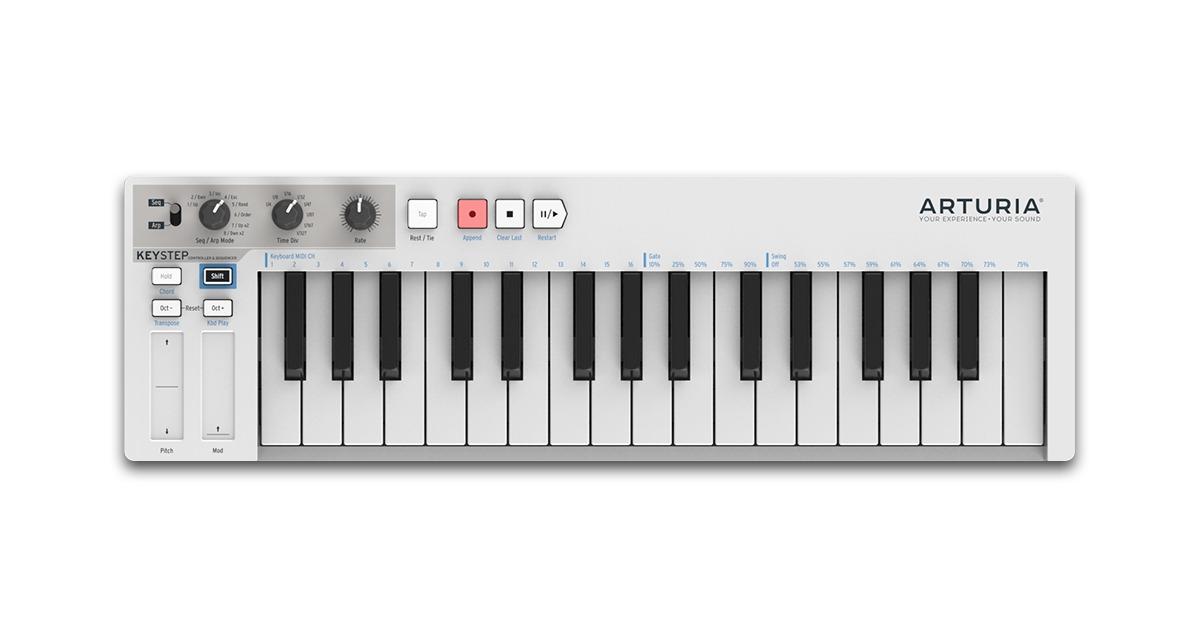
The Polyend SEQ is the sequencer lover’s sequencer.
Visually it has the most inspiring interface of any sequencer on this list.
The highly tactile sequencer features eight visual sequencing tracks, each with 32 buttons that represent each step. That means there’s 256 step buttons you can play with.
The SEQ is essentially a huge grid that makes it possible to visualize exactly what you’re doing and make changes on the fly.
It has multiple MIDI outs to control multiple synths and also interfaces perfectly with Polyend’s Poly brain that is used to trigger euro rack modules.
If you want to play with a sequencer and have highly tactile and visual control over your sequence pattern, the Polyend SEQ is the best option for you.
However, its higher price tag makes it a little bit unnecessary for beginners.
It’s a little bit one dimensional and you could get a lot more functionality out of other similarly priced sequencers on this list.
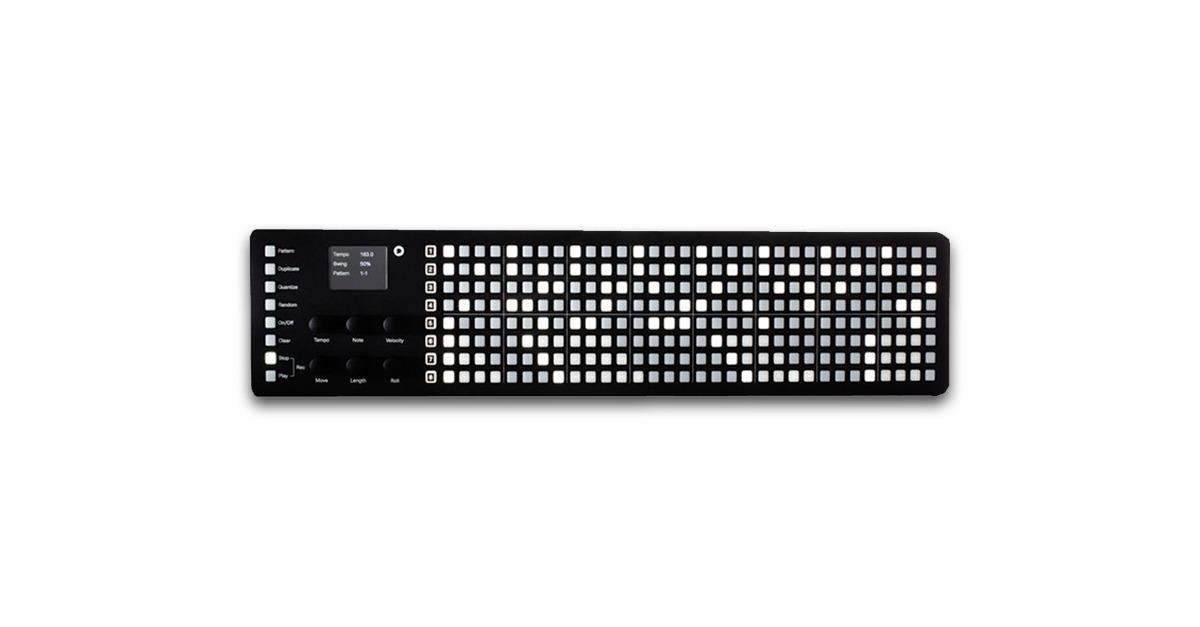
The MPC One is Akai’s brand new introduction into the MPC family, it launched earlier this year at NAMM 2020.
With it’s a smaller screen, small overall size, and limited buttons it’s definitely a watered-down version of its big brother the MPC X.
But that doesn’t mean it won’t pack a punch—MPC One is still a very powerful groove box and sequencer.
Much like the MPC X, it features DAW like capabilities that allow users to chop up, splice, and program sequences very easily.
Plus it still comes with that classic MPC pad feel and can be used in a number of ways.
If you’re looking for an affordable and modern MPC without going to the used market, this is an excellent option.
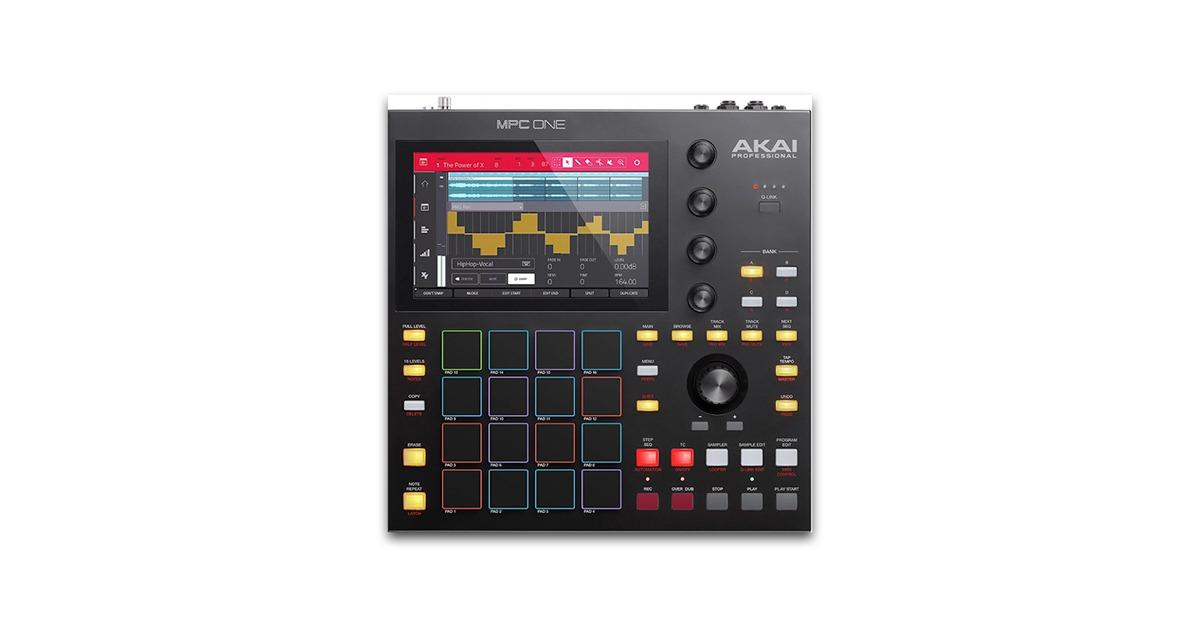
The Arturia Beatstep Pro is very similar to the Keystep, except that it uses a drum machine like interface to trigger MIDI.
You can do all kinds of sequencing through multiple MIDI tracks to different instruments.
It has three sequencer channels which work with MIDI, pitch, velocity, and gate triggering.
It has 16 step sequencer buttons, but by switching pages you can get up to 64 steps for your entire sequence.
Each sequencer track can store up to 16 patterns, making it versatile for changing sequences on the fly.
The sequencer also contains plenty of addon features including clock in and out, sequence resolution settings, project save, swing for each track, and more.
For the price, you get a ton of functionality.
If you want a versatile trigger to control other synth instruments this is definitely something to look into.
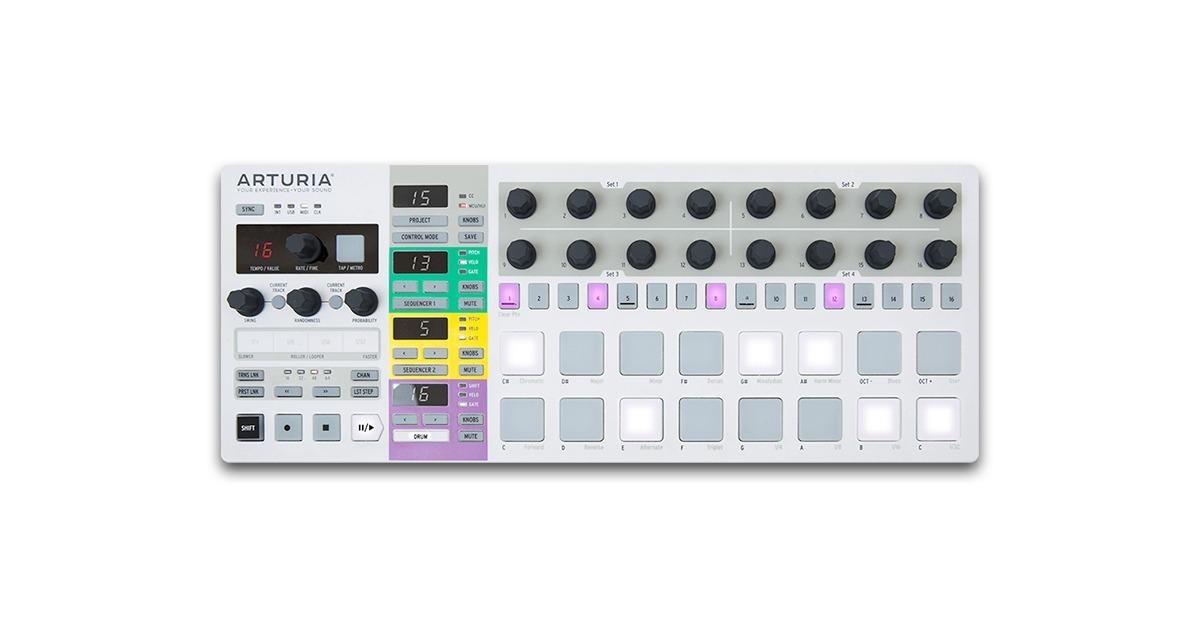
The Octatrack MkII is Elektron’s most recent update its ten-year-old Octatrack predecessor.
While it has many similarities, the MkII comes with some important updates.
The Octatrack can be a lot of things– it’s a sampler, sequencer, a DJ tool, and so much more.
The Octatrack can be a lot of things– it’s a sampler, sequencer, a DJ tool, and so much more.
There’s really too many features to list.
When it comes to sequencing you get eight audio tracks and eight midi tracks, with each having their own 64 step pattern.
Each track can play for its own length, in its own time signature, and you can set up dedicated trigger conditions and parameter locks.
One of the most dynamic parts of the Octatrack is its scene crossfader that allows you to seamlessly blend between track sequences.
This makes the Octatrack MkII incredibly versatile for live performance.
Considering the amount of functionality and creative flexibility you get out of the Octatrack, it’s worth its higher price tag.
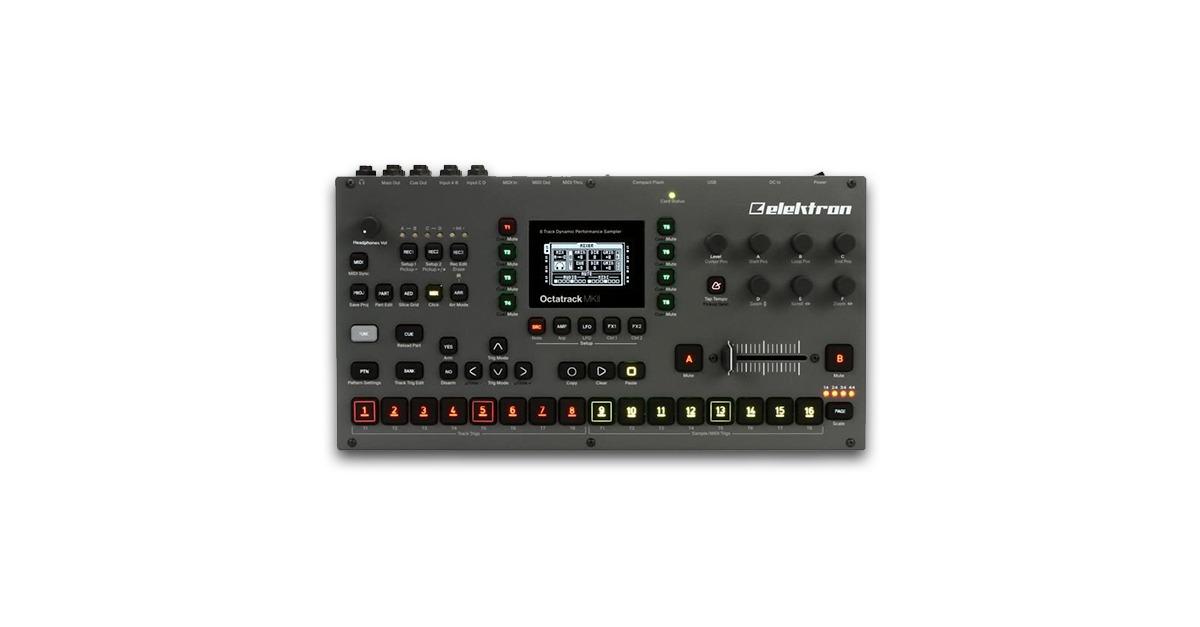
The Squarp Pyramid is an excellent choice to use as your main sequencer brain
It can connect to a whopping 32 MIDI instruments with two 16 channel MIDI outs, not to mention that it has full CV, GATE, and ENV connectivity.
Squarp has a huge core player too, with 64 tracks that can be played at one time.
Each track can have 32 unique patterns and 32 sequences, so your creative options are pretty much endless.
But the feature that defines the Squarp Pyramid MkII is its Euclidian rhythm tool that offers a very fun and intuitive user interface for adding complicated polyrhythms to its sequences.
The feature that defines the Squarp Pyramid MkII is its Euclidian rhythm tool
It’s really easy to twist a knob, find a polyrhythm pattern and completely switch up your rhythm.
If you’re looking for something that only does one job (sequencing), and does it well the Squarp might be your best bet.
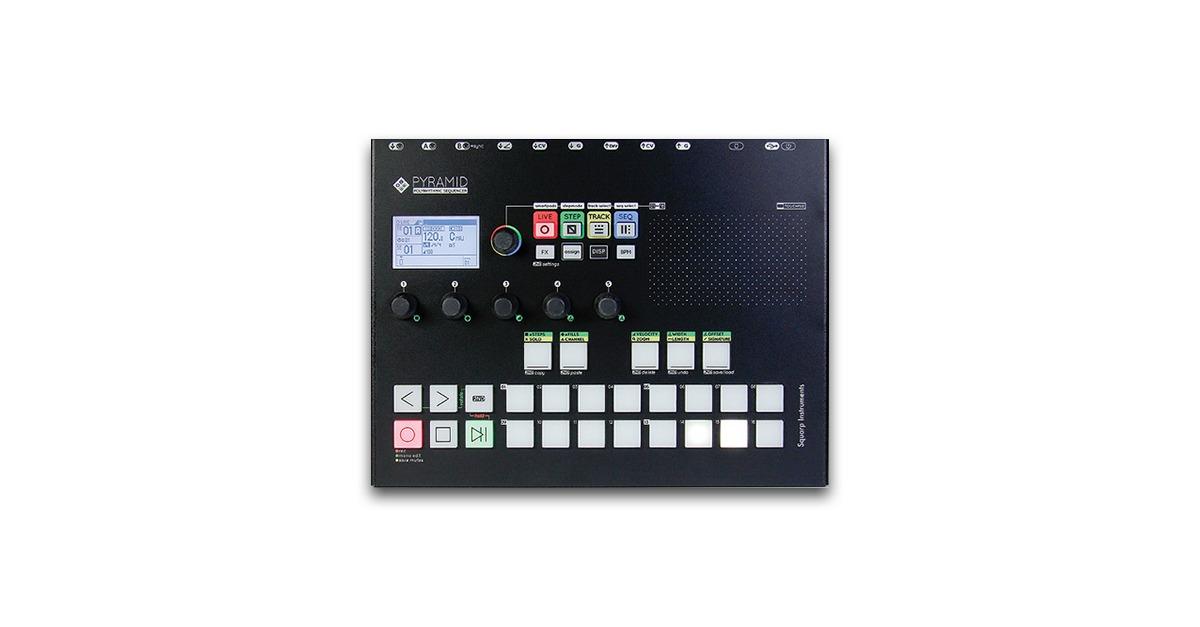
The NDLR doesn’t work like any other sequencer on this list.
The NDLR doesn’t work like any other sequencer on this list.
This sequencer is a very smart arpeggiator that works like a sequencer in that it takes you chord inputs, and converts them into sequenced MIDI notes.
But the buttons on the NDLR control the chord degrees you want to use for your sequence, so you can sequence both rhythms and chords.
It’s incredible how much control NDLR has over chord triggering and sequencing, especially because you can control up to four different synthesizers.
Whether you want to play a drone, rhythmic or arpeggiated chord pattern you will get a lot of control over the chord types, scale types, and pattern types you want to use.
Patterns can be up to 16 notes long, and rhythms can be up to 32 steps long, including ties and rests.
The NDLR is such a cool way to sequence melodic synthesizers and create chord patterns, arpeggiation patterns, and compositions.
While it won’t work very well for triggering percussion, as a brain for creating melodic synthesizer patterns this is an incredibly useful and inspiring tool.
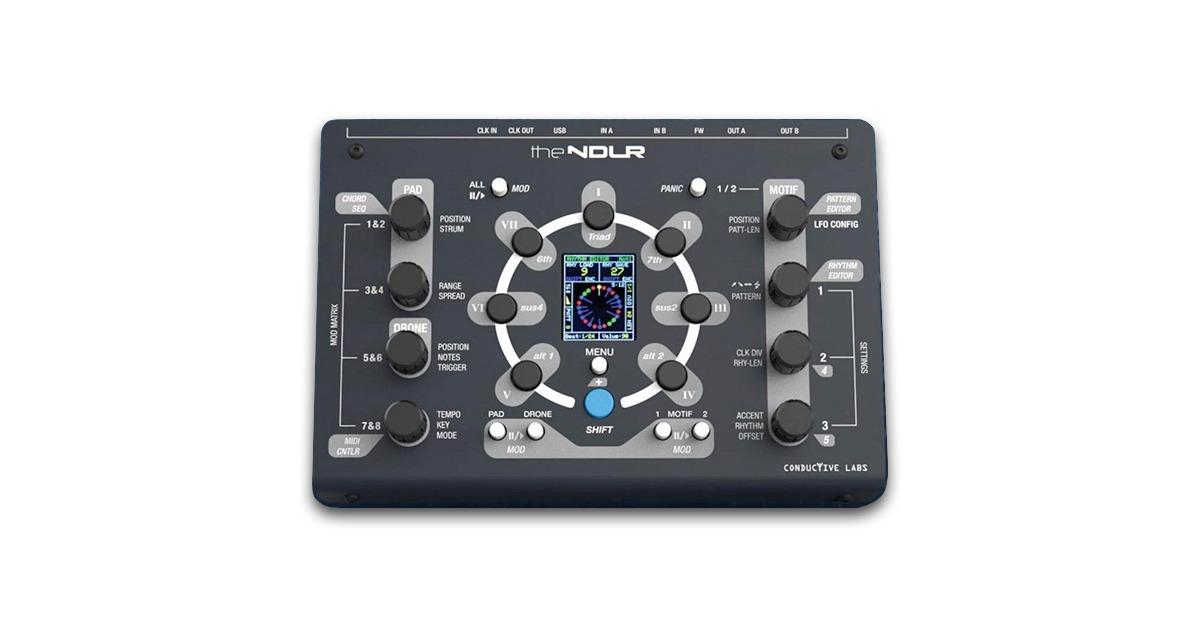
The second Squarp offering on this list (they only make sequencers) is the Hermod.
The Hermod is purely designed for eurorack applications, you can tell by its design that it’s meant to sit in a modular system.
With Hermod you get eight tracks to you get eight tracks with CV and GATE triggering.
This works well for the eurorack set up since you’ll mostly be using patch cables to trigger other elements in your box.
Of course, it also has MIDI in and out.
The Hermod is an excellent modular brain that can be a lot of things beyond just a sequencer.
For example, it can do MIDI to CV, multi LFO, or clock dividing.
The sequencer offers a maximum of eight polyphonic notes per step, and up to 64 steps.
But, with its ability to “zoom in” to a track by increasing its resolution, you can get up to 512 steps.
Each of its eight tracks can contain eight sequences, eight effects, and three automation parameters– modulation, pitch bend, and aftertouch.
For the eurorack user who wants to add sequencing to their setup, the Hermod is a definite go-to.
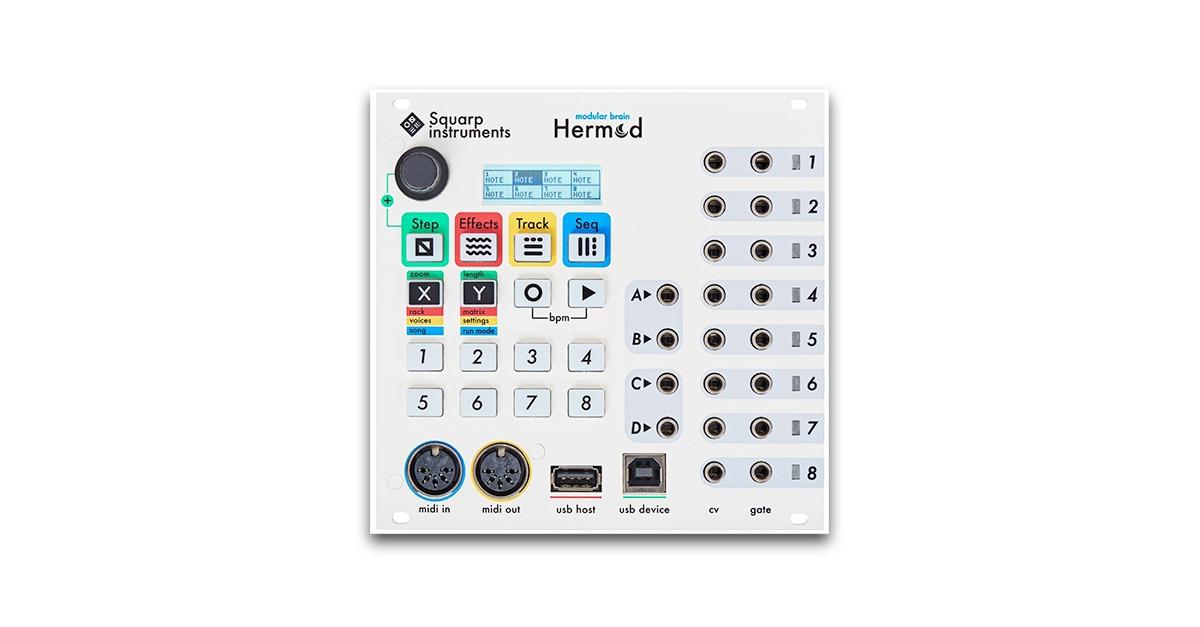
Choose your consequence
Getting a sequencer for your synth setup is a big moment, whether you’re upgrading or if you’re just getting started.
When you use sequencing as part of your music creation workflow you open up entirely new avenues for sound creation.
It’s inspiring when you can play parts on your drum machines, modern synths, vintage synths, samplers, and more from a single sequencer brain.
For inspiration, check out how electronic music producer, Barker, uses the Octatrack, Keystep and Beatstep Pro to trigger a Digitone, Nord Drum and solenoid percussion.
Best for beginners: Arturia Keystep
Best for the price: Beatstep Pro
Best overall: Squarp Pyramid MkII
Inspiring honorable mention: NDLR